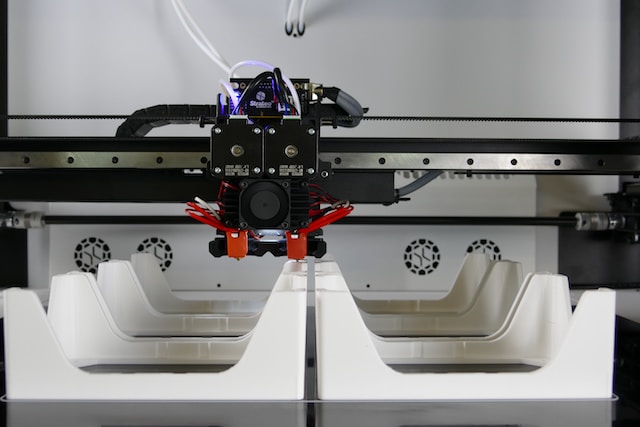On construction sites, one of the most important jobs is that of the signal person. Sometimes known as the signal man, this individual is responsible for signaling the crane and giving the operator orders that pertain to the lift. In order to accurately and safely direct crane operators, the signal person must know and understand the relevant signals used in 1926 regulations.
Additionally, just like the machine operator, they must understand the operations and limitations of the equipment they’re directing, including the crane dynamics involved in swinging, raising, lowering loads, stopping loads, and boom deflection.
While radio and other means of electronic communication with an operator are acceptable, using hand signals are the most effective and reliable way of communication. Electronic methods of communication could potentially fail to work, leaving the operator and the on-ground director without means to understand one another or give direction. When using radios or other methods, it must be through a dedicated channel so there is no interference.
Successful communication between the signalman and the operator relies on both individuals fully understanding all hand signals used. Find below examples of standard hand signals used to control mobile crane operations.
Using hand signals are a huge advantage on a worksite for communication. There are a variety of ways in which hand signals provide a greater benefit than other methods, such as:
- Clarity — Standard hand signals minimize ambiguity, as the signal person can only “speak” using signals, or a combination of signals, directly related to the crane controls.
- Speed — Visual signals are immediate. With any skilled signal person, they develop the ability to signal faster than the human tongue can form words.
- Distance — Unless using radio or electronic communication, which can be delayed, verbal directions across distances can be easily misheard or misunderstood depending on distance. Hand signals eliminate this issue.
- Noise — Noise levels at construction sites can be overwhelming with many machines operating at once, leaving verbal communication at a minimum, not to mention, most workers wear head protection that includes ear plugs/covers. Hand signals don’t rely on the operator hearing the signal person.
The signal person and their ability to properly use hand signals is imperative on job sites. Oftentimes, the signal man becomes the eyes of the operator. It’s common for the operator not to be able to see the load they’re moving, and if they can see it, then it’s typically blocking the sight line of where the load needs to travel.
Conduct of crane operators is outlined by the American Society of Mechanical Engineers (ASME B30.17-1992). This conduct promotes the safe operation of overhead crane systems, instructing crane operators to remain focused on the safe operation of the overhead crane system they’re running by not engaging in practices that could cause diverted attention.
According to OSHA regulations, a signal person must be present on the job site when the load or area near the load is not in full view of the operator, when the equipment will need to move throughout the job and the direction of movement is obstructed, or when the operator or site manager believes a signal person should be present because of site safety conditions.
To safely direct a load, a qualified signal person must be able to know the types of signals used at the work site, competently communicate signals, and know the specifics of the crane equipment they’re working with—such as its limitations and all dynamics involved in crane and boom movement and lifting.
To assure success in all operations, adhere to the following guidelines when using a signal person:
- All lifts should employ a qualified signal person with knowledge of standard hand signals
- Ensure that the signal person and the driver/operator agree on hand signals before beginning
- The signal person should always maintain visual contact with the driver
- Drivers/operators should stop movement immediately if they lose sight of the signal person
- Provide the signal person with high-visibility clothing, especially during night operations
While operating sites are restricted areas and are often outside work sites, cranes can still be utilized in industrial environments. These environments can be busy places with multiple obstructions or where visibility is low. This is one of the most important reasons why both the crane operator and the signal person are fully aware of their surroundings at all times in order to safely and effectively operate an overhead lift system. Industrial environments can differ from average work sites and OSHA 1926.1425 says:
- The crane operator must be able to communicate with all workers at all times
- Background noises must be kept to a minimum so voices can be heard
- Radio controls must be employed to ensure 100 percent communication if voice commands cannot be heard due to background noise or distance
- All workers must be able to fluently speak and understand and communicate in one chosen language
- ASME states that signals must be fully discernible or audible to the operator
- If your operator cannot hear workers on the factory floor at all times—even if audibility is only slightly hindered—hand signals should be implemented.
Most accidents happen as a result of misunderstood or misinterpreted hand signals. Both operator and signal man must take the time to study and memorize the necessary signals. To help your employees learn, as well as review, these signals, we’ve taken the time to create animated figures demonstrating each of the main signals associated with equipment operations and movement on a construction work site.
Guest Post: CraneServiceInc.com






